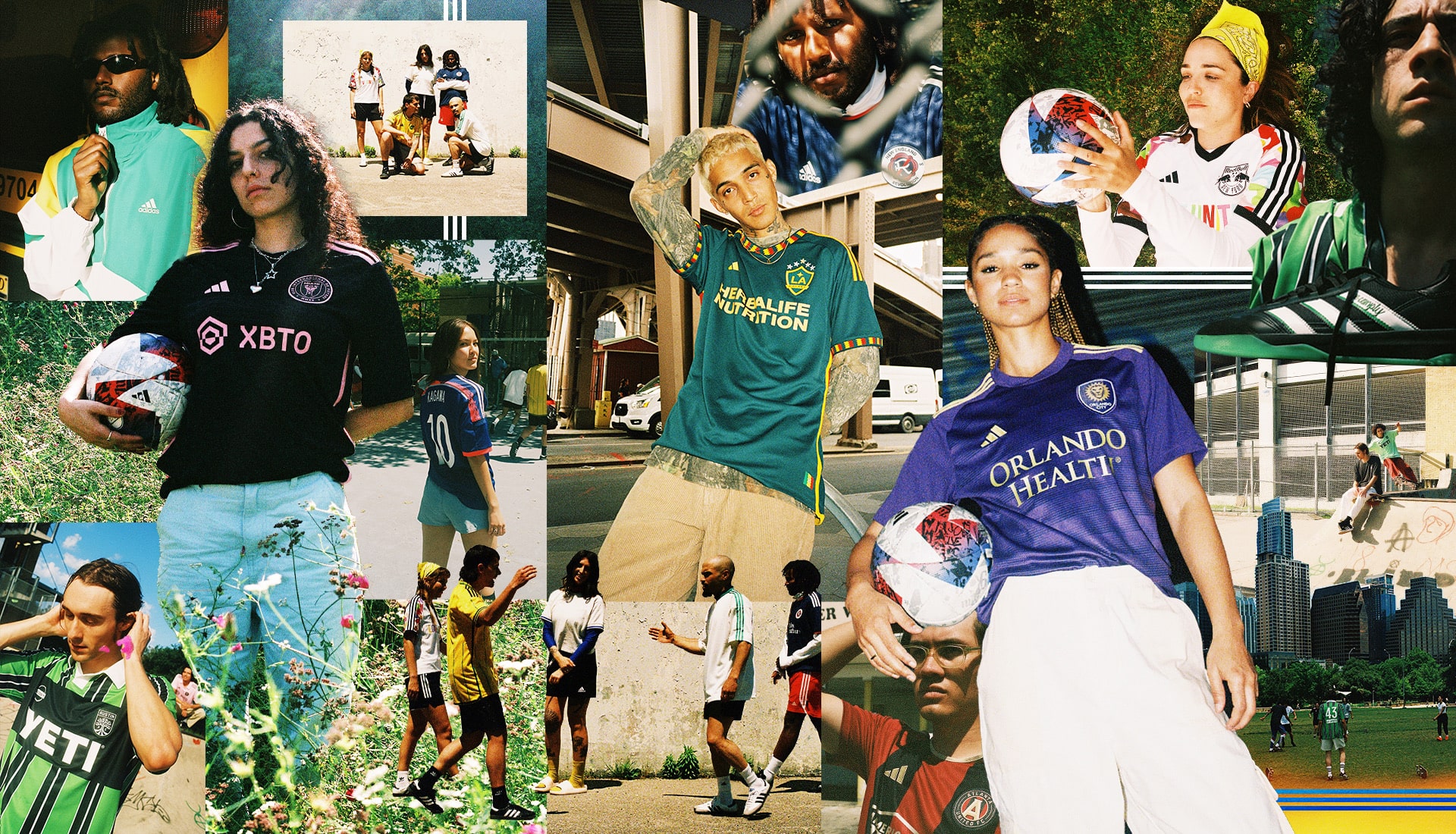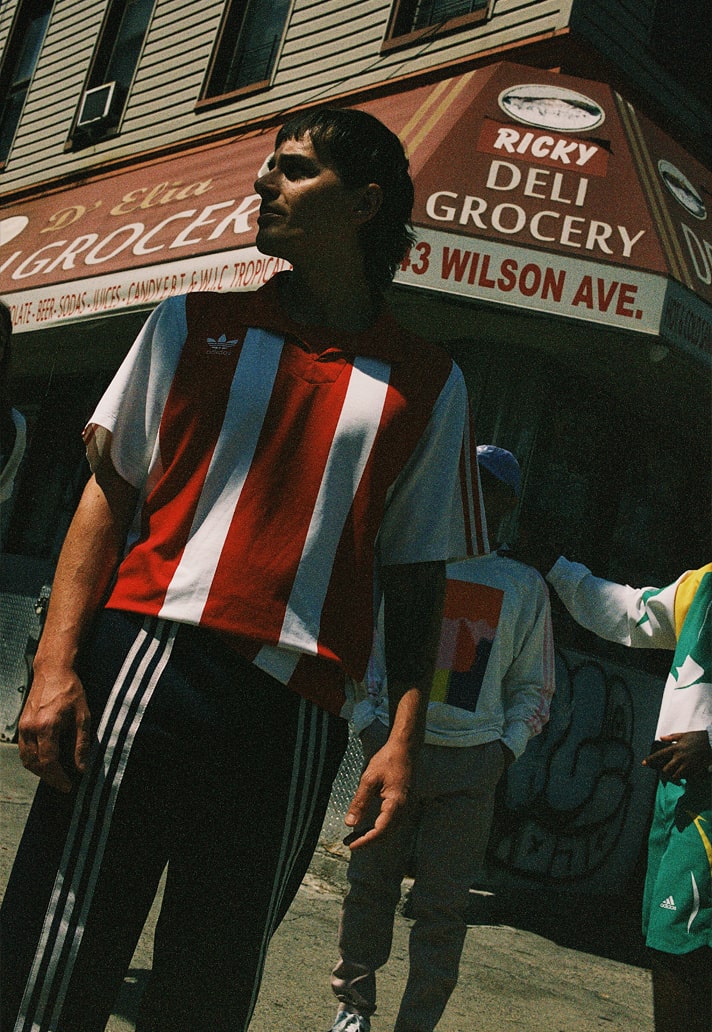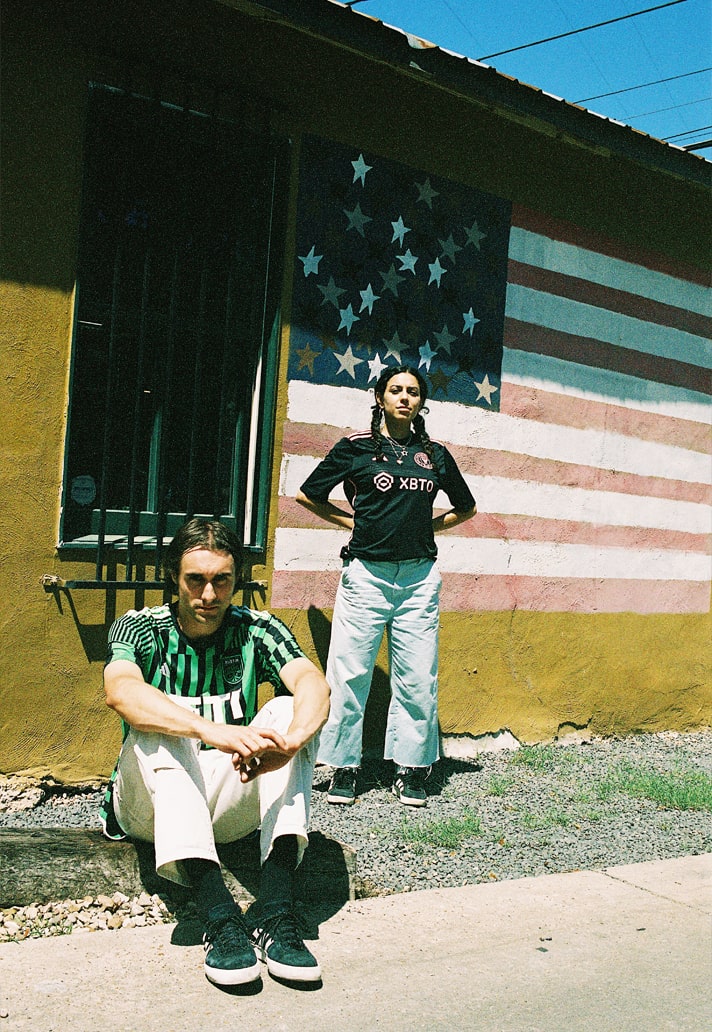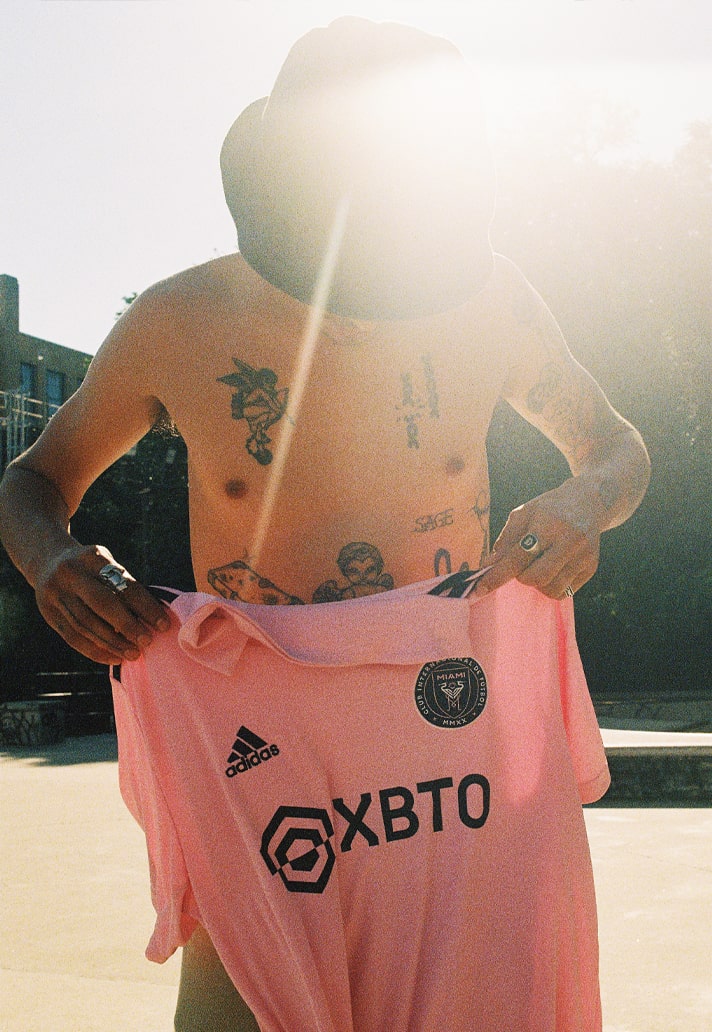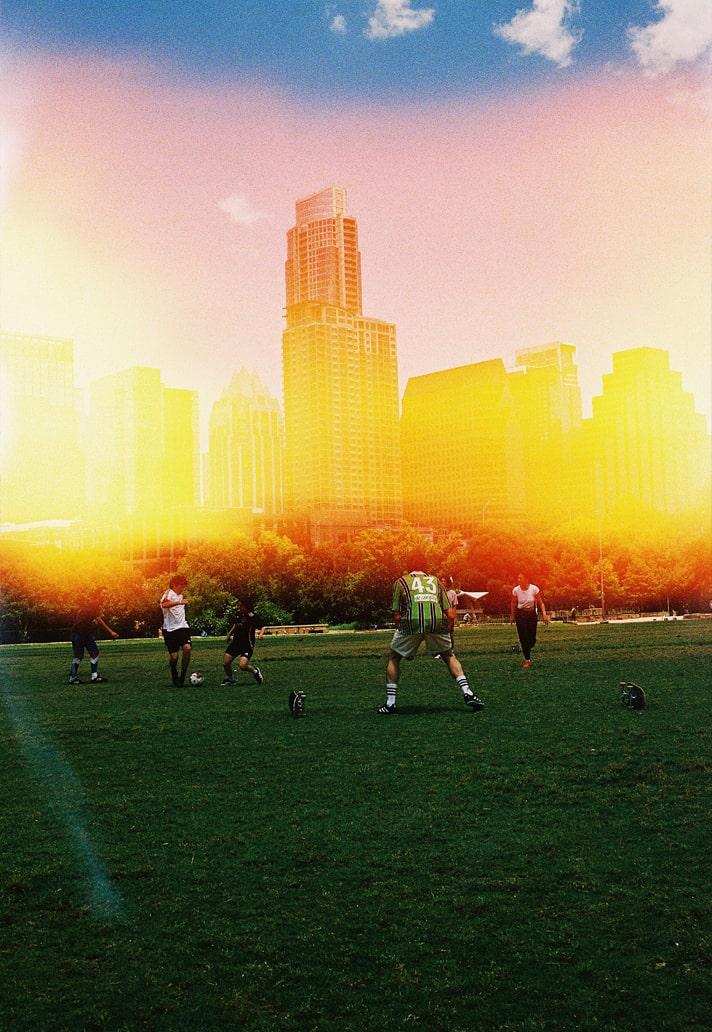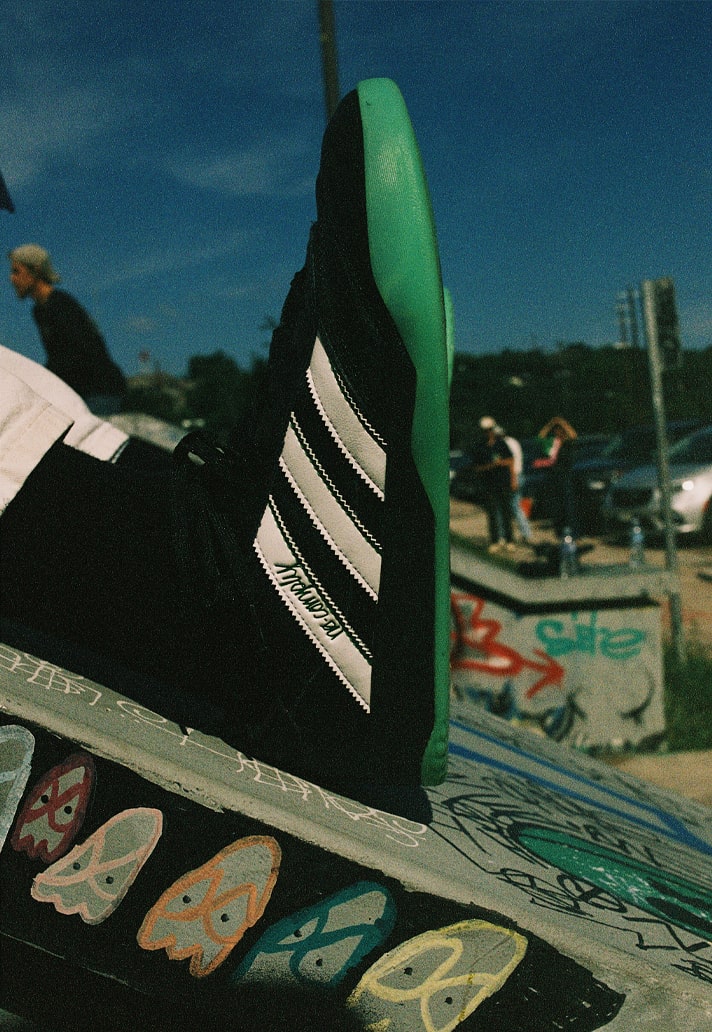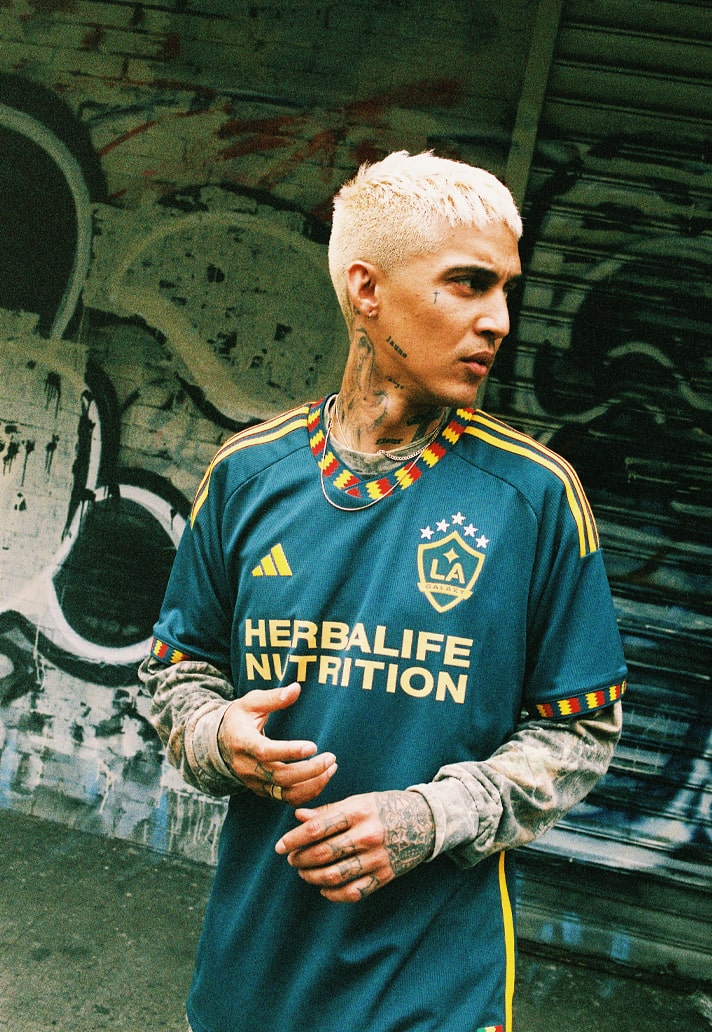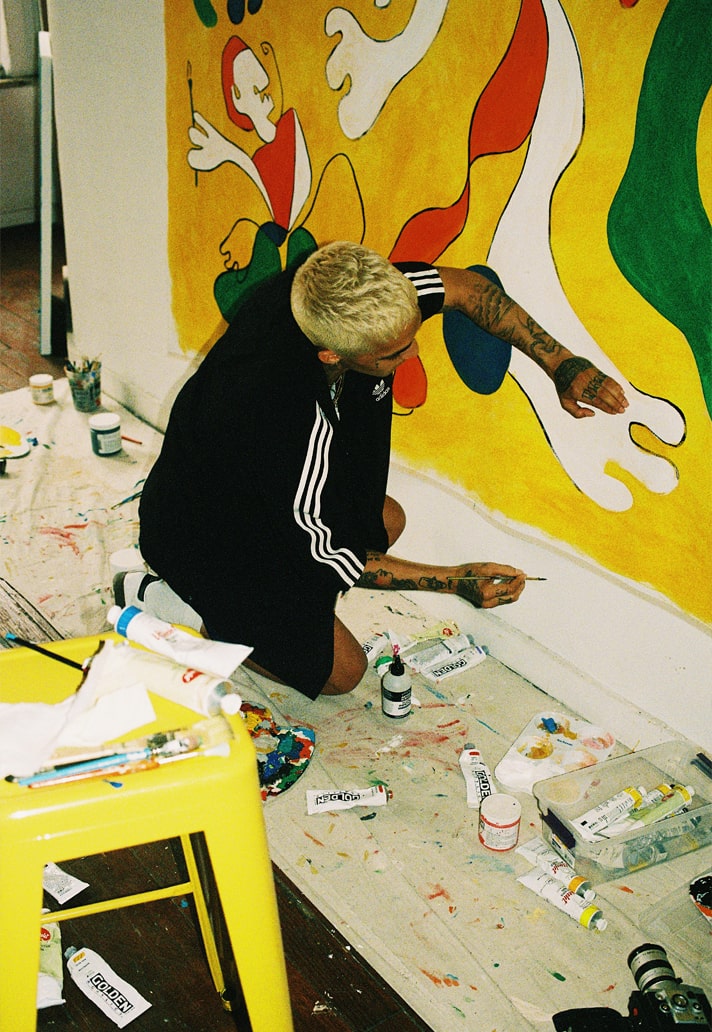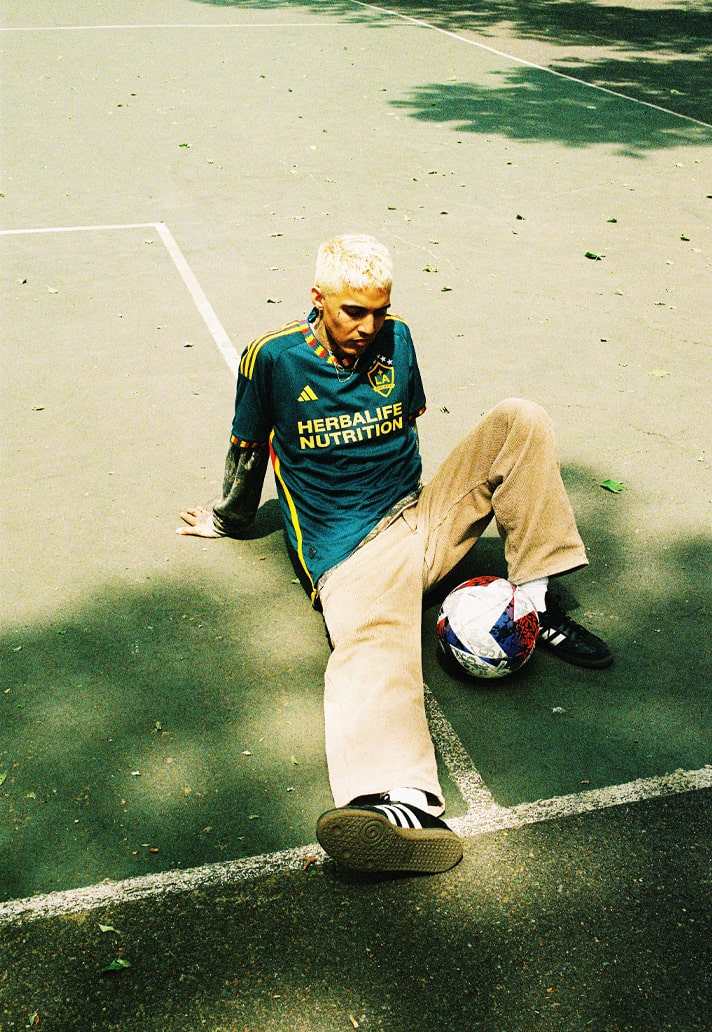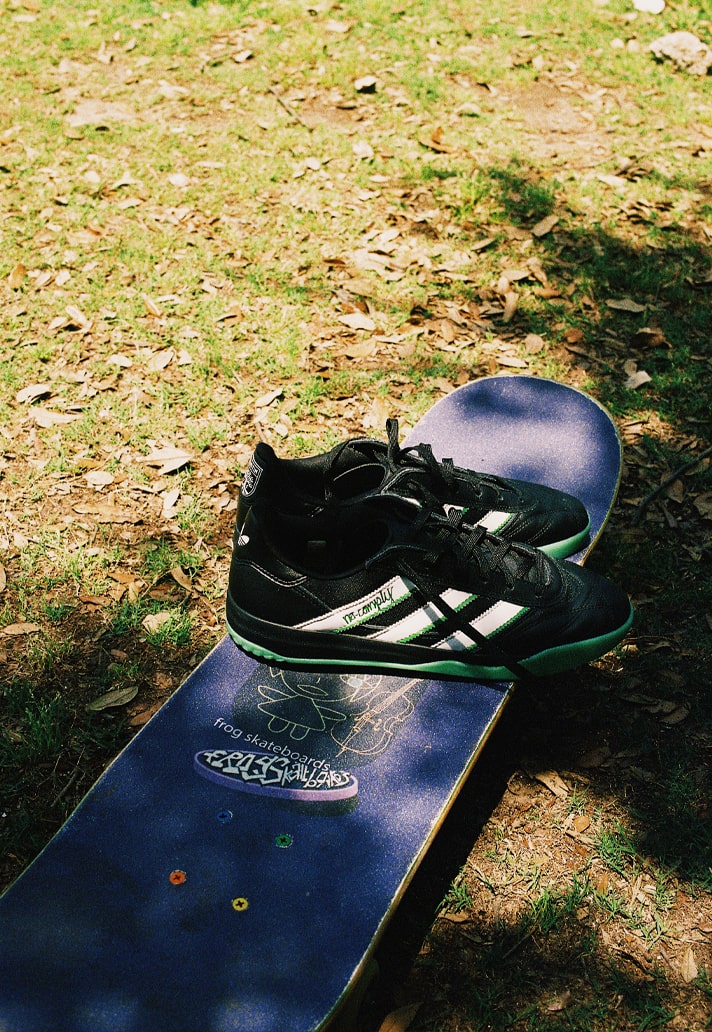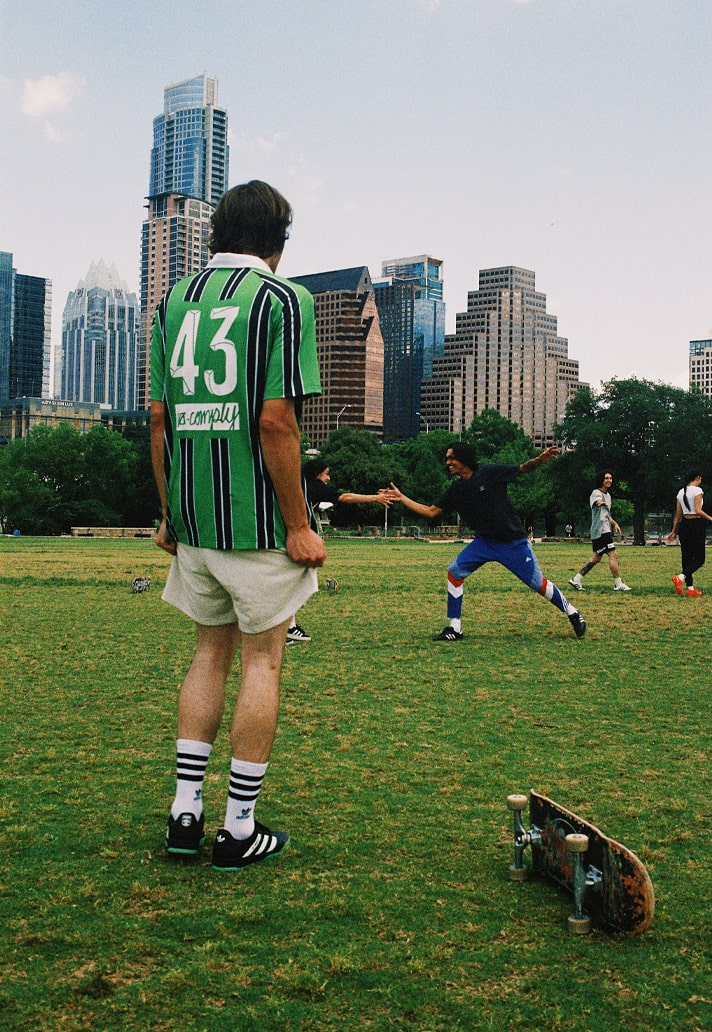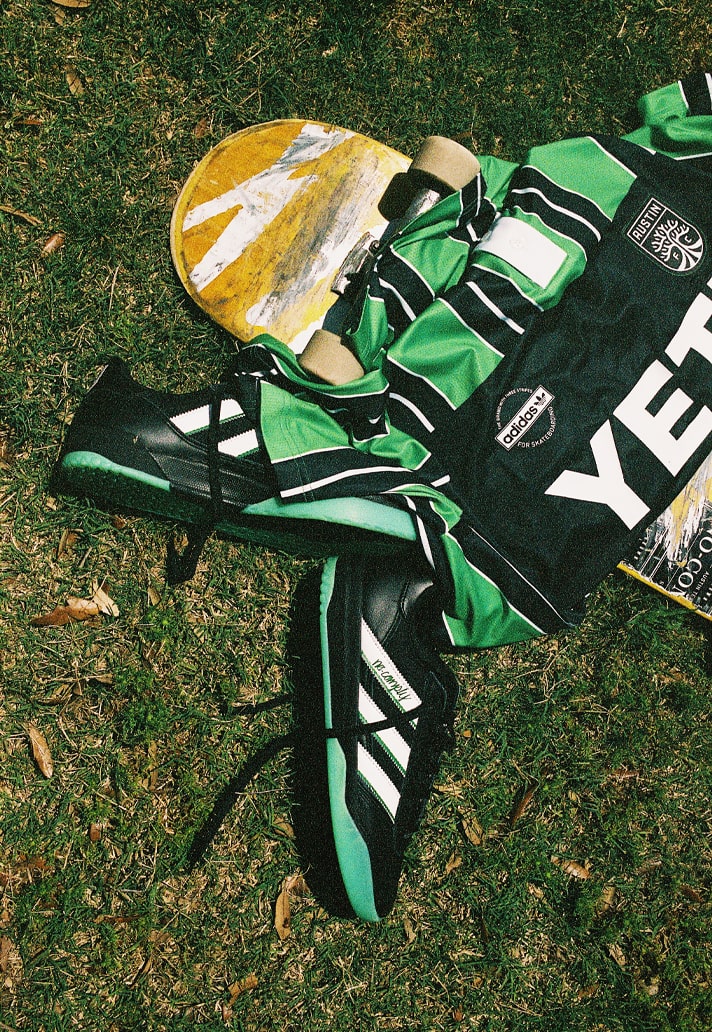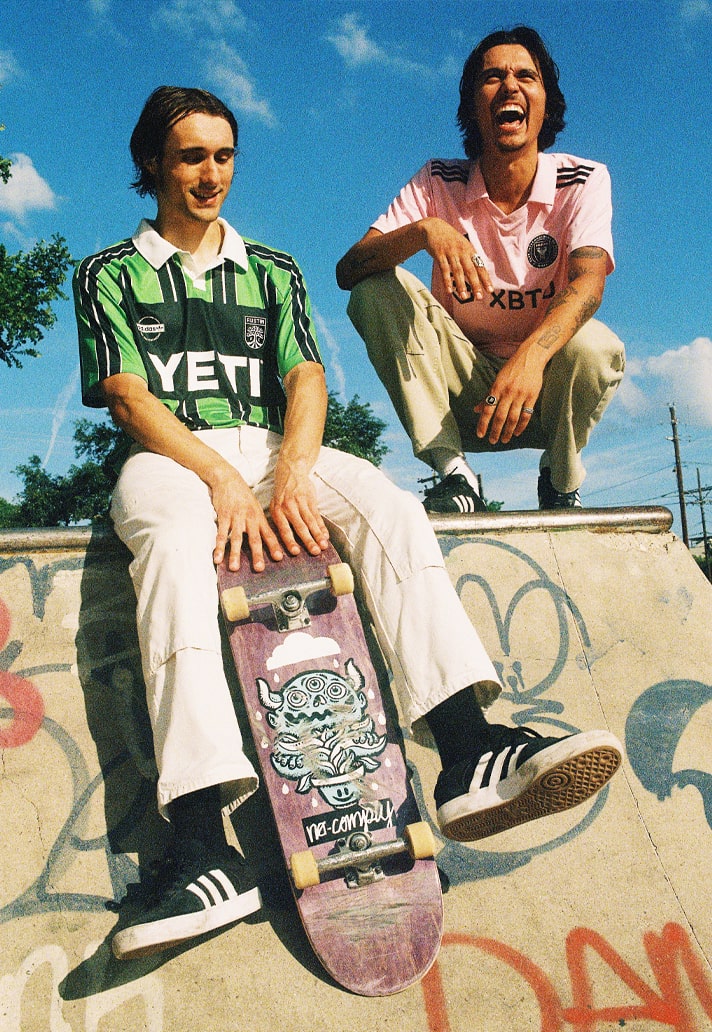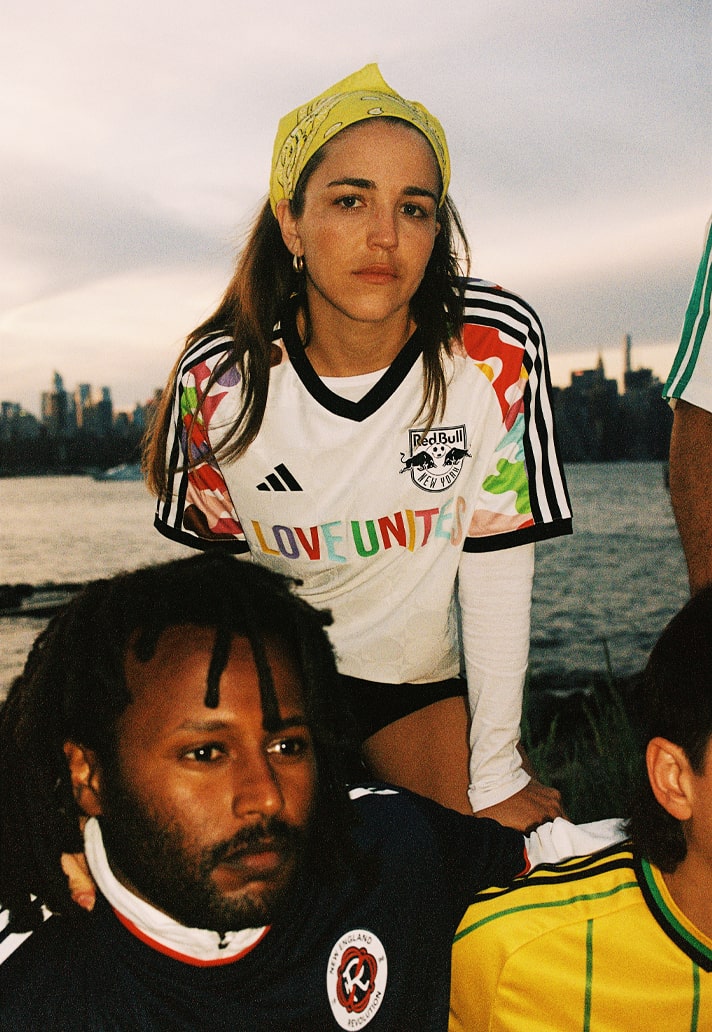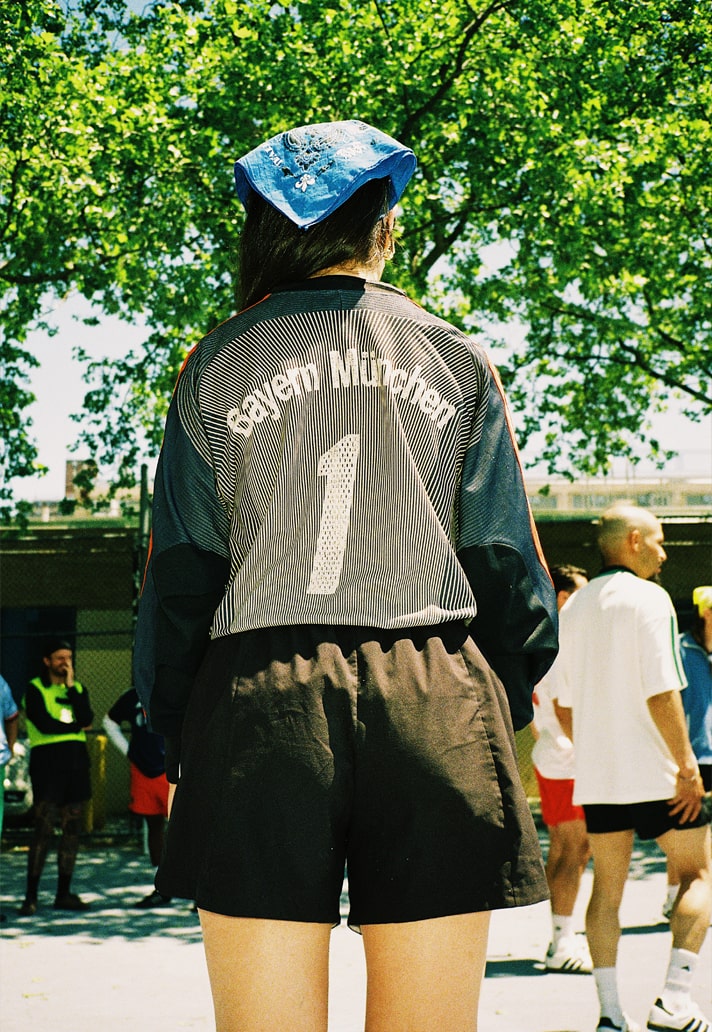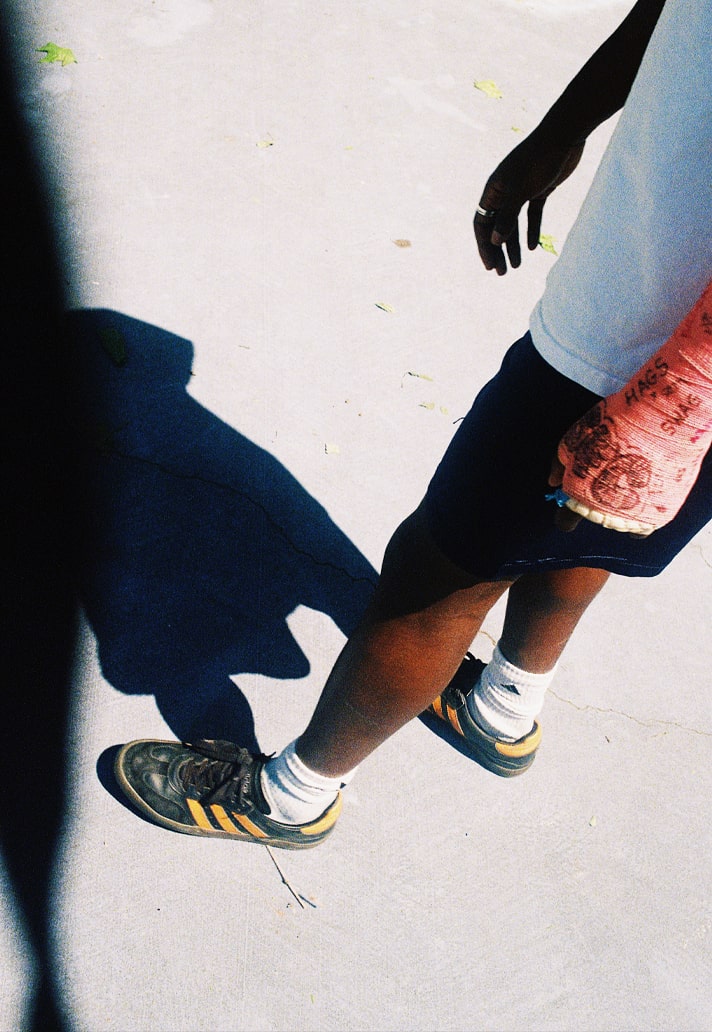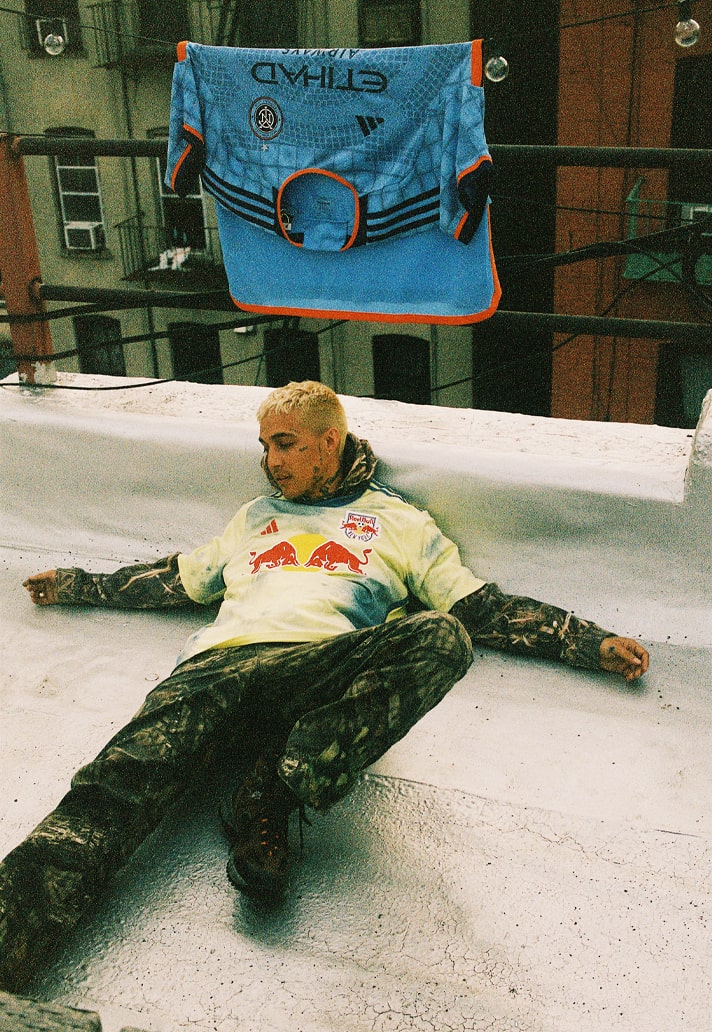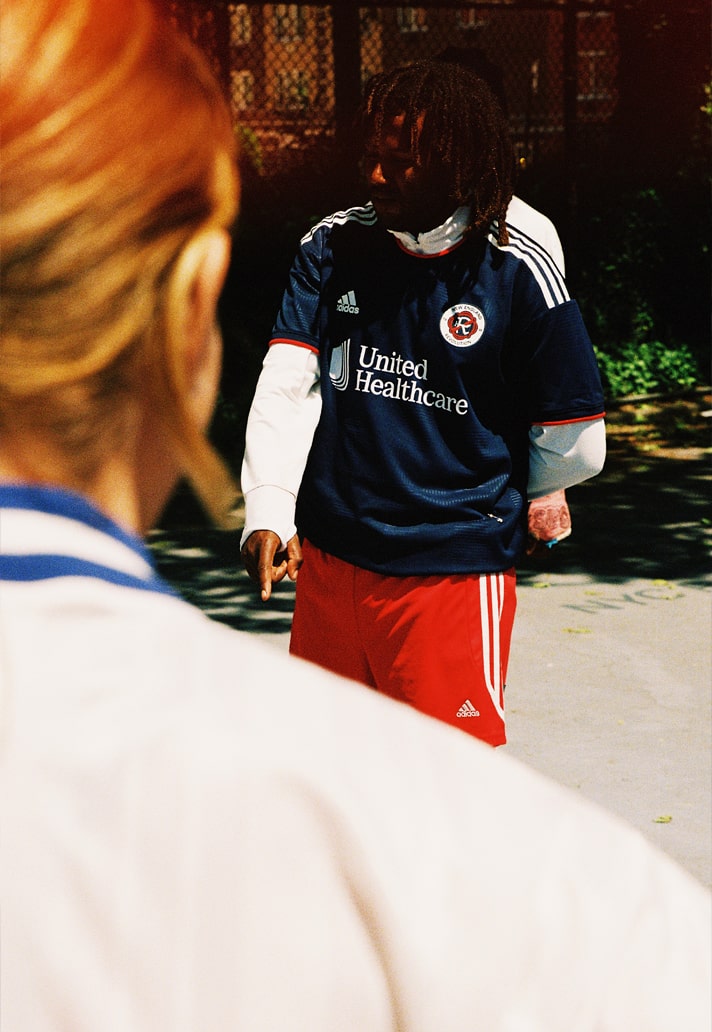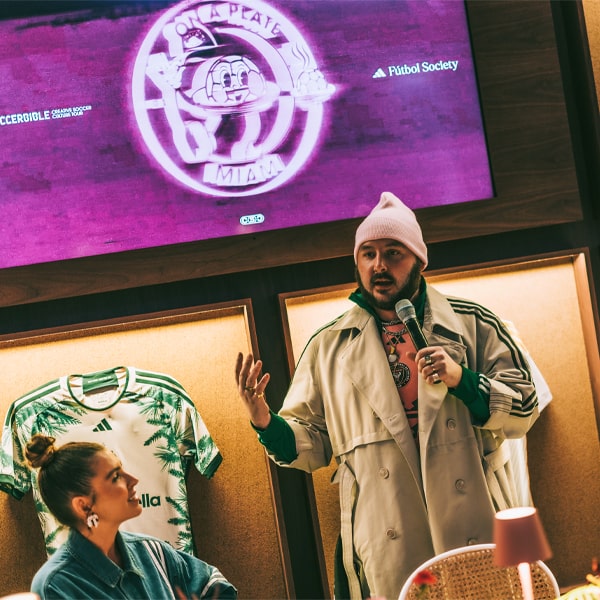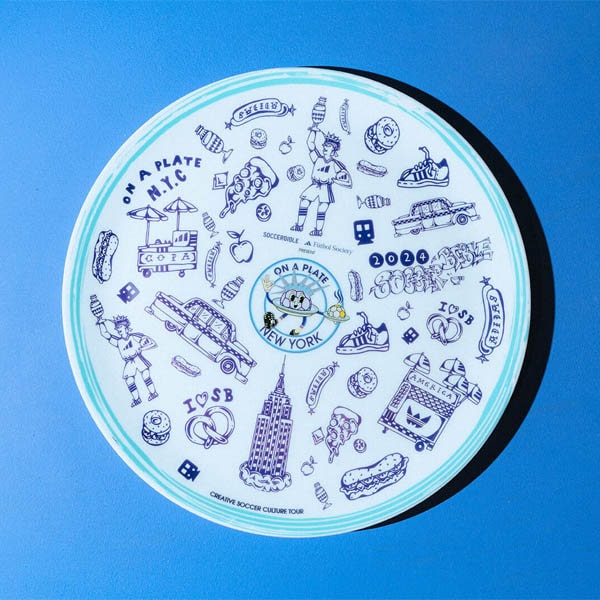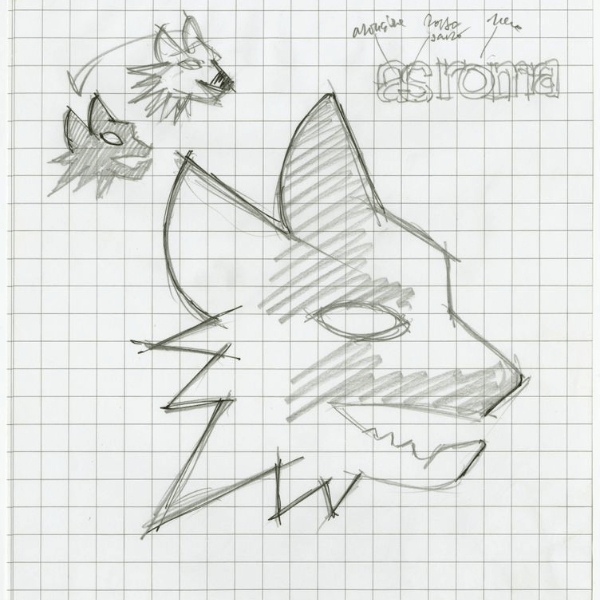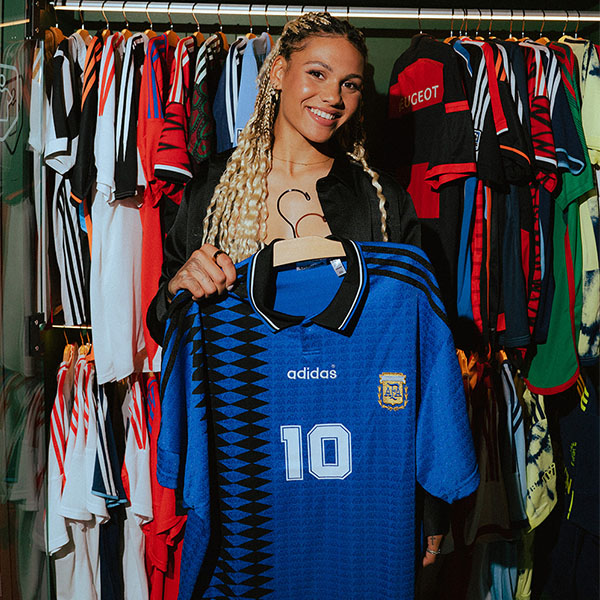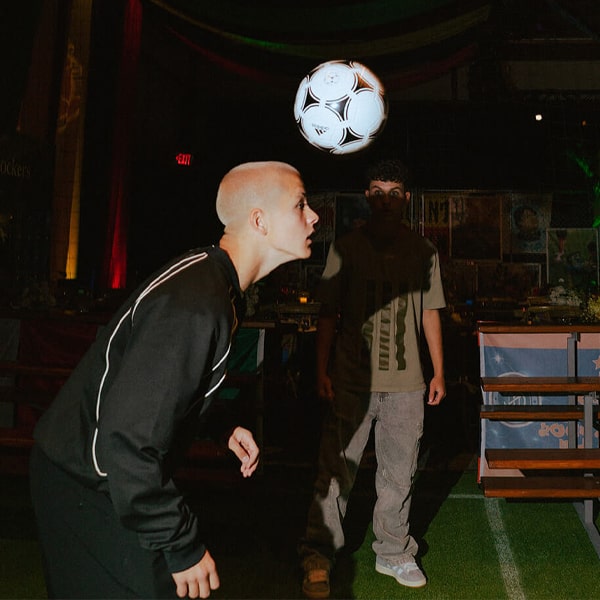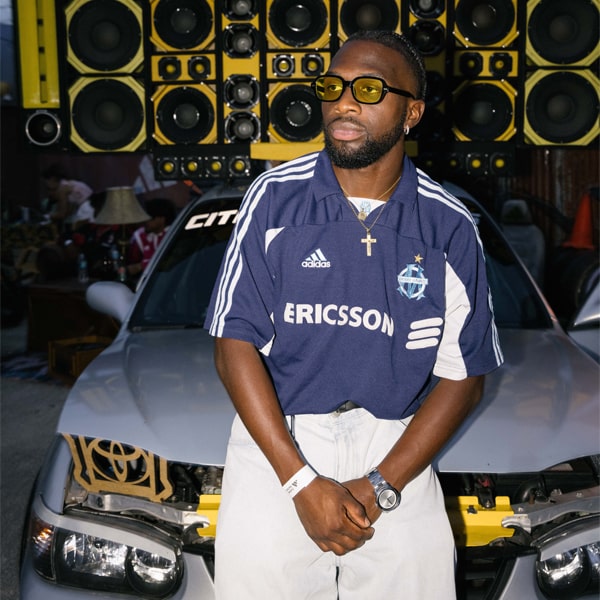Something beautiful is happening in the North America “Soccer” scene; while the rest of the world has been falling in love with football for over a century, that spark is only now really catching on Stateside. But they’re making up for lost time, with a wonderfully organic growth that feels like its building perfectly towards the crescendo that will be the 2026 World Cup.
That “spark” that we refer to, was originally lit back in 1994 when the World Cup arrived in the USA, bringing with it the glitz, glamour and global attention that the tournament always does, and it was followed quickly by the debut of an all-new professional league system called Major League Soccer. Sure, there had been soccer in the country before, notably the North American Soccer League (NASL), which ran from 1968 to 1984, attracting some of the world’s best, such as Pele, Franz Beckenbauer, Johan Cruyff, Bobby Moore, Eusebio and George Best, all in the twilight of their careers, but following its collapse there had been little to fill the gap, and as a result the nation’s interest stalled. Then the World Cup and the birth of MLS (bolstered by the support of one of the world’s leading sportswear manufacturers, adidas) came along, and kickstarted it, and while the league’s taken time to find its groove, it’s now serving as the perfect platform for a nation’s passion to proliferate.
Football culture in Europe has been rapidly evolving over the last two decades, transforming from the casual culture of the 80s and the in-house fandom of the 90s to become an all-embracing influence that’s felt and accepted in multiple walks of life, crossing borders and breaking down barriers at will, ably assisted by music, fashion, other sports and whatever else expresses even the remotest interest in what the game – and everything that comes with it – has to offer. The U.S. though, seems to have skipped the earlier part of that process, leaping straight to an advanced state of appreciation, where the love for the game and it’s pure simplicity combines perfectly with how its influence bleeds so seamlessly into many other cultures – something that’s led to soccer fast becoming an embraced lifestyle choice that reaches from the skate scene of Austin right through to ex-professionals for whom the game still holds great influence.
It’s almost like the stigma that surrounded the game in the past prevented Americans from realising the truly unifying power and influence inherent in the sport – something that’s a huge part of why football’s globally known as The Beautiful Game. The popularity of Basketball, Baseball, and American Football combined with the lack of a truly competitive professional soccer league arguably stifled any chance of growth back along, but that’s now changing in a big way. Football’s the global language of the world, and having learnt to speak it, the United States are now starting to sing.
In this world of evolving football culture, it’s North America that’s right in the vanguard, leading the way as it expands into new territories. The lack of deep-rooted traditions, prejudices and ageing views and perspectives that are sometimes present as obstacles in Europe aren’t so much an issue here; soccer in North America is relatively young, and with youth comes enthusiasm, a willingness to learn, to grow and to explore, and it’s through this exploration that U.S. soccer culture is moving to progressive spaces when it comes to identity, self expression, inclusivity and style, unafraid and unhindered when it comes to treading new ground.
MLS has been through its infancy, and while it’s still undoubtedly learning and developing, it’s heading in the right direction, and at a rapid rate. From its early beginnings when it was trying to figure out exactly what it was, right up to today, where it now serves as a spectacle enjoyed by millions, emphasised by the arrival of one of greatest player of all time (if not the greatest, but that’s an argument for another time) in Lionel Messi, adidas has been an ever-present in MLS, helping to shape and define its very identity. The European giant’s presence served to authenticate the league from the outset, and now the brand continues to act as an enabler as the game expands beyond the confines of the stadiums to blend seamlessly into streetwear.
Still, many in Europe in particular will point to the quality of the competition, but that’s missing the bigger picture – football is now so much more than that, and that’s where MLS is leading the way, open to creating identities and communities like nowhere else in the world. “I think that soccer in America is really less about trying to compare leagues right now,” explained Demit Omphroy, a former professional turned artist who played for Toronto FC, but who has since found a new passion away from the pitch, acclaimed, as he is, in a new lane. His journey is rooted in the game but now his art weaves through both worlds on and off the pitch. “It's more about how the culture is growing and the popularity around it being what it is. It’s not just a thing that's played in Europe any more.
“Soccer in America really is about growing the game off the pitch first; build a foundation in this country that is gonna stick around beyond every single game. It’s less about trying to compete…it's more just about having that representation.”
Soccer in America really is about growing the game off the pitch first; build a foundation in this country that is gonna stick around beyond every single game." – Demit Omphroy, former professional footballer turned artist.
The soccer scene in the U.S. is spreading like wildfire, an infectious passion that has grown from the action on the pitch to become something all encompassing; a connective thread that unites people and creates communities. One such community is the Secret Futbol Club, an underground collective of like-minded people; of creatives, from musicians to artists, illustrators and designers, and there’s no boundaries with who plays in the team. One member, Ricardo Carlota, perfectly surmised the movement: “Soccer is at an interesting place where it feels like the early days of hiphop. You have these foundational pillars around art, music, expression, inclusivity, diversity, that are all bringing this new, fresh momentum to something that is potentially really explosive and organic and accessible. I'm excited that football culture in America is moving in the direction that it is.”
Soccer is at an interesting place where it feels like the early days of hiphop. You have these foundational pillars around art, music, expression, inclusivity, diversity, that are all bringing this new, fresh momentum to something that is potentially really explosive and organic and accessible." – Ricardo Carlota, Secret Futbol Club.
For the perfect example of the beautiful synergy that football can provide, you need look no further than one of the MLS’ newest franchises, Austin FC. The creation of the club gave the city a joint passion and a shared dual-oak-entwined banner under which they could unite; where once you had a skate scene, a low-rider scene, a motorcycle scene and so on, you now have a unified community, one that boasts a raw, eclectic and beautiful culture. Within that broad mix sits No Comply, the go-to skate store in Austin, within which, as well as skating, there’s an ingrained passion for football. “Soccer and skating go hand in hand,” commented Daniel Morales. “I think in a lot of ways it’s a sport that’s fluid with style, and skateboarding has taken some influence from soccer in terms of athletic wear. The look of an off the clock skater, you know, or an off the clock soccer player, it’s the same.”
Fellow pro skater, Ryan Thompson, chimed in on the point, noting the similarities between the two. “You go skateboarding and you get some crazy people there, and then you go to the Austin FC game and you got some crazy people there, and they're the same breed – The people are just as crazy, that's the best part!”
That love of soccer is not just restricted to one aspect either. For Thompson and the No Comply crew, it’s as much a part of their lifestyle as skating. “No matter what spot we go to, no matter what circumstance that we're in, whether we're filming or chilling or whatever, the soccer ball will always come with us.” And that’s accentuated through the clothes that they choose to wear.
“There's definitely a natural pairing to jerseys; soccer jerseys are sweet because they're super lightweight, tight, and they kind of fit like a normal shirt…they're like that kind of lightweight material that just works.”
See, football is infectious, there’s no two ways about it, and what you see now in North America is millions of kids catching the bug. In 10 years, those kids become the driving force for the direction of football culture. That’s been a huge part of the current evolution in Europe; kids that watched and loved football in the 90s have grown up to be designers, musicians, artists… you name it. And their passion for the game has never gone away, instead getting creatively infused into whatever they work on as fully-fledged adults of the world. Now transport that into what America does; bigger, bolder and louder than anywhere on the planet. To paraphrase Spinal Tap, America goes up to 11. “We get to decide what the future of soccer in the US looks like,” said Emily Simpson, another member of Secret Futbol Club. “We're the ones who make the rules on and off the pitch for ourselves, because we're the ones ultimately making the rules for how it's played in our community. We're the ones who support each other's endeavours, incorporating soccer on the field and off.” Exciting times.
We get to decide what the future of soccer in the US looks like; we're the ones who make the rules on and off the pitch for ourselves, because we're the ones ultimately making the rules for how it's played in our community." – Emily Simpson, Secret Futbol Club.
This spread, this thirst for all things soccer that’s rapidly enveloping the nation, is fuelled – at least in part – by adidas. That’s because the action on the pitch is the initial focus, the place where inspiration is often born, and it spills out from there. And what is largely in the consciousness is the teams and the players (again, just look at what Messi’s arrival has done) with what they’re wearing, acting first and foremost as a form of tribal identity, but more and more as an artistic expression, one that carries away from the pitch and onto the streets. “You see all these people globally right now incorporating kit tops as almost like a base layer to a really sick outfit, and it just looks good,” Simpson said. “There really is like this blossoming thing happening right now where kits and soccer gear are fashion.”
And it’s not just the fans that are seeing this. Former player turned media professional, Darian Jenkins is also only too aware of it. “Soccer culture is amazing, because not only is it at the stadiums on the pitch, you’re now seeing it on the streets. It’s everywhere. Now you see people repping jerseys as formal wear, wearing them out to dinner! It’s so great how it’s able to integrate people from all around the world.”
Jersey culture is then joined by other influence, such as the resurgence of the Samba, a shoe that was originally created as dedicated footballing footwear but that transcended the beautiful game over the years thanks to its classic styling and cultural importance, maintaining a presence throughout the last seven decades. Sure, there may be something of a serendipitous nature in the Samba’s current resurgence and popularity away from the pitch (the simple power of Bella Hadid lacing them up for a trip down to the shop should never be underestimated), but it has always remained in the public consciousness thanks to being a focal point in collaborations with the likes of Wales Bonner and Kith. If you’ve got it, flaunt it, and adidas have certainly done that with the Samba, using its unique position to further bridge the gap between the world’s of football and fashion.
For some, the exclusive partnership that adidas has with MLS may be looked upon as restrictive, but it actually has the opposite effect, with club's often working closely with the brand and the fans to create some beautifully bespoke kit designs (30+ bespoke kits each season, with no templates – no other league gets that), while adidas has also been quick to push the lifestyle aspect of the jerseys they produce. It’s a space where a far greater level of autonomy and creative control actually lends itself to a wider acceptance of outside creative influence, notably from the fashion industry, and it’s this that has further encouraged the acceptance and growth of football culture.
Further than just the cultural influence though, the U.S. has already displayed how progressive it can be with the advance of the women’s game. Where the NWSL has shown the way, the European leagues have now followed, and the success of the USWNT over the last couple of decades is evidence of the strength of the development and the state of play. “Soccer is a platform for identity,” Jenkins went on. “As a little girl, I never saw somebody that looked like me and played the sport and that totally embraced their body, their hair, and switched up their hair colour and their braids and their afro each game and each time they were getting photos taken. The way I express myself through soccer is really, embracing things that used to make me so insecure. I hope little girls that look at me and see me embracing these different looks, I hope it gives them confidence to just thrive and be themselves and feel secure.”
I think that what's happening is a grassroots movement from the bottom up. It’s integrating into the most interesting parts of culture, and I think that the representation and expression that's happening in inclusivity is driving people to have an interest beyond high level games.” – Ricardo Carlota.
While Europe undoubtedly boasts the history and heritage that comes from over a century of the sport, the U.S. is looking to lead the direction of the new Soccer Culture in the future. While the 2026 World Cup may well be a crescendo, it’s certainly not the end. In fact, it’s quite likely to only be the crescendo of the beginning. What’s to come, spaces that have only started to be explored, it all shows how football can penetrate so many sub-cultures in the States and ultimately continue to elevate the game further and further. “I think that what's happening is a grassroots movement from the bottom up,” Ricardo Carlota perfectly concluded. “It’s integrating into the most interesting parts of culture, and I think that the representation and expression that's happening in inclusivity is driving people to have an interest beyond high level games. And we're here to kind of shake the foundation of this new emerging space and get people excited about their own expressive nature within this sport.”
It’s a feeling that’s shared across the board, and one that can only breed excitement at what’s to come. The final words go to Demit Omphroy. “I think that the potential of soccer in America is so high, and I think that potential is pushing the trajectory of what the sport can do in this country. And I don't even think we've scratched the surface just yet.” Never a truer word said.
Shop 23/24 replica, including MLS jerseys, at prodirectsport.com/soccer
